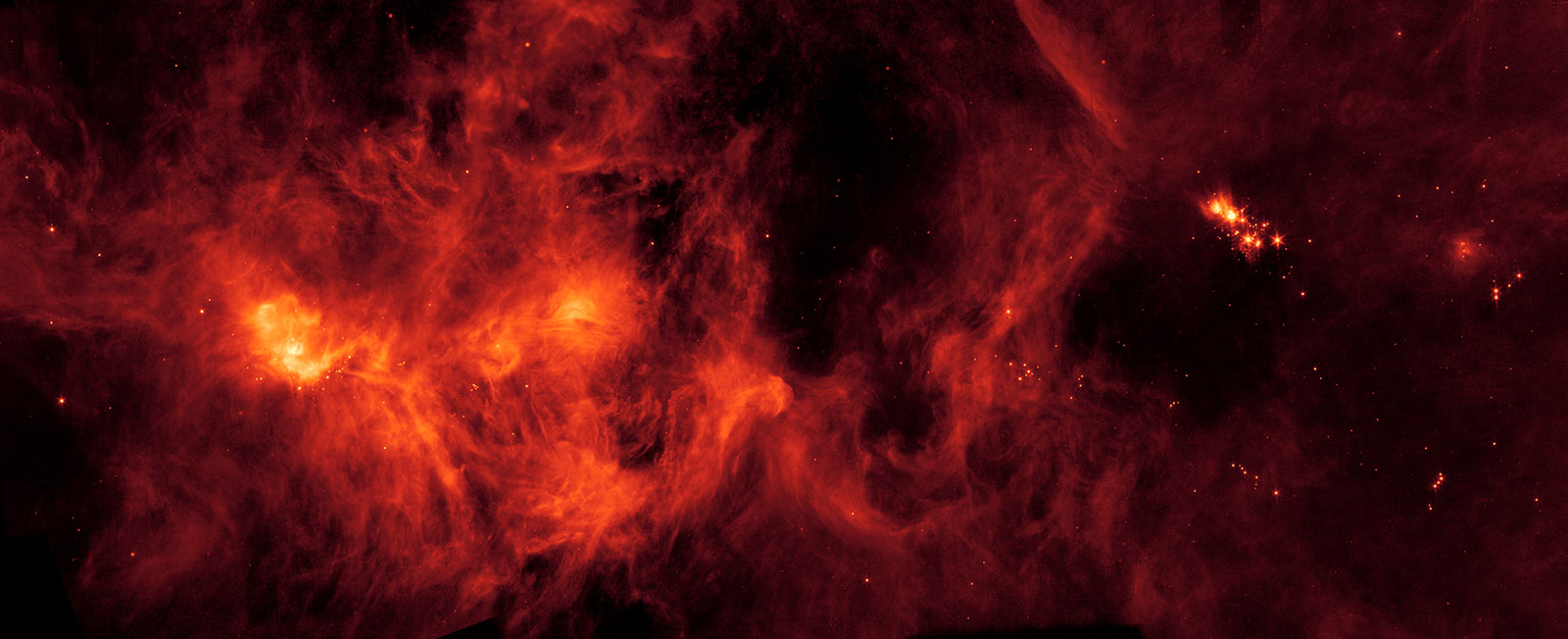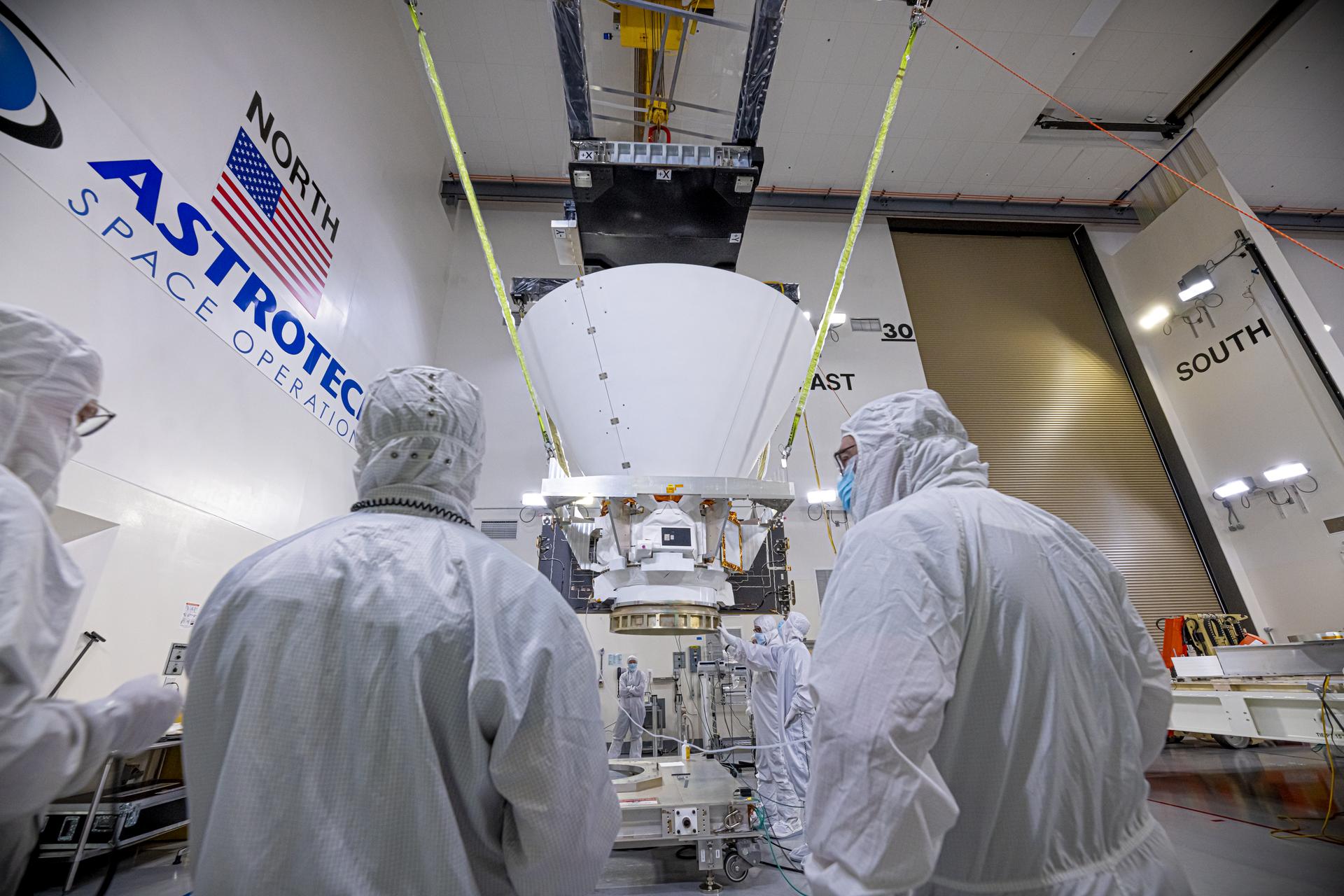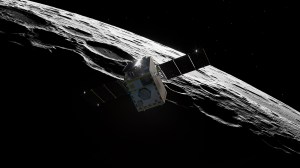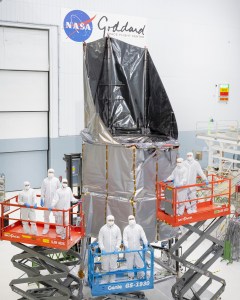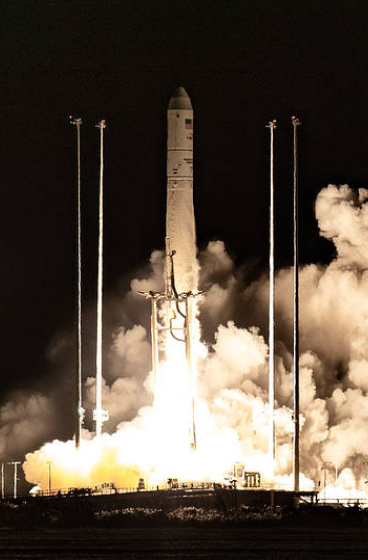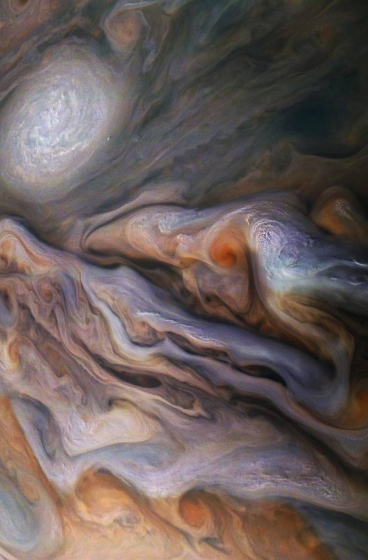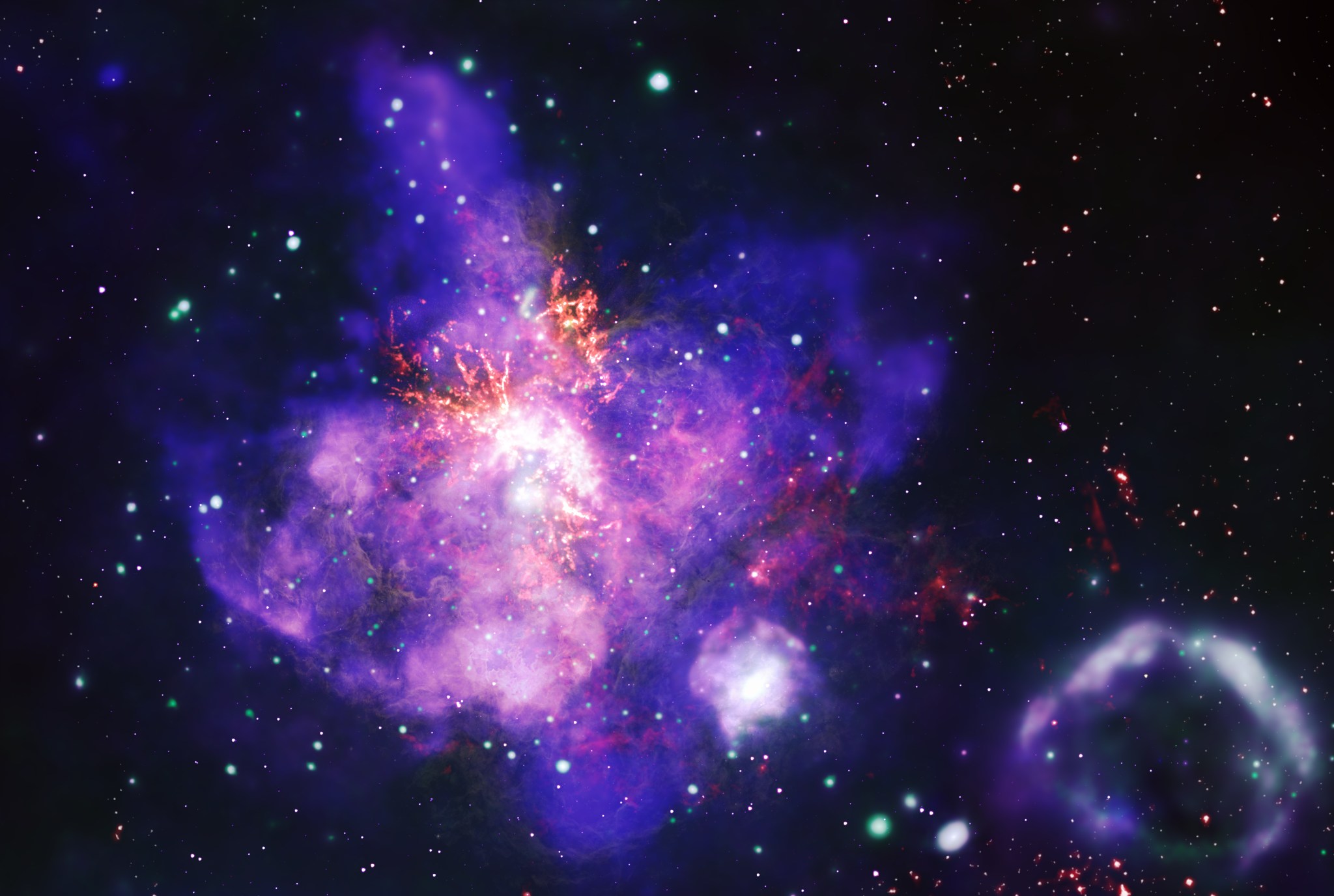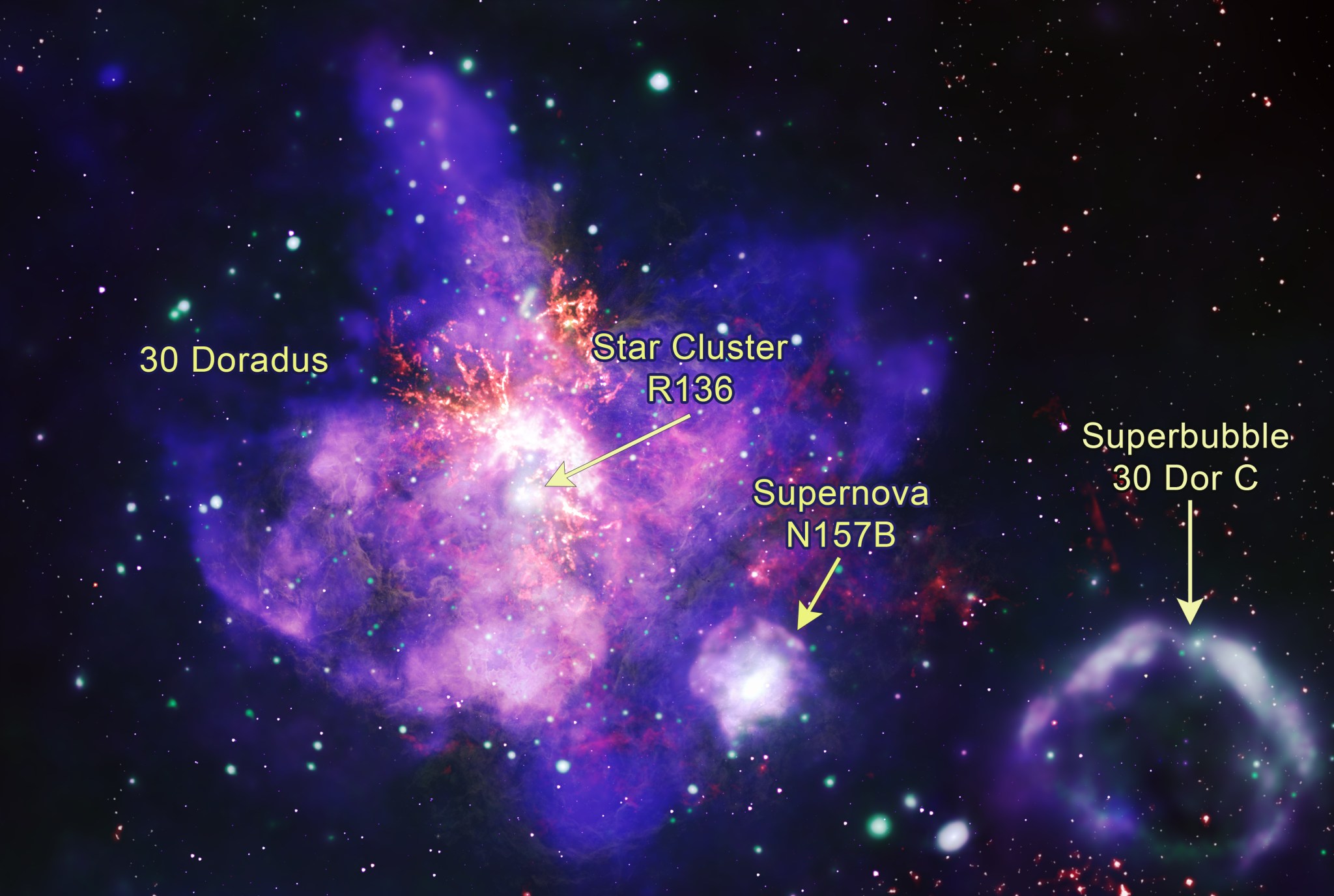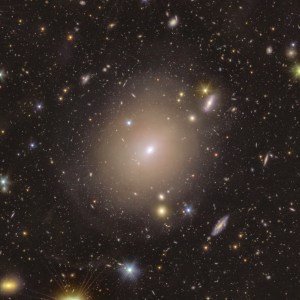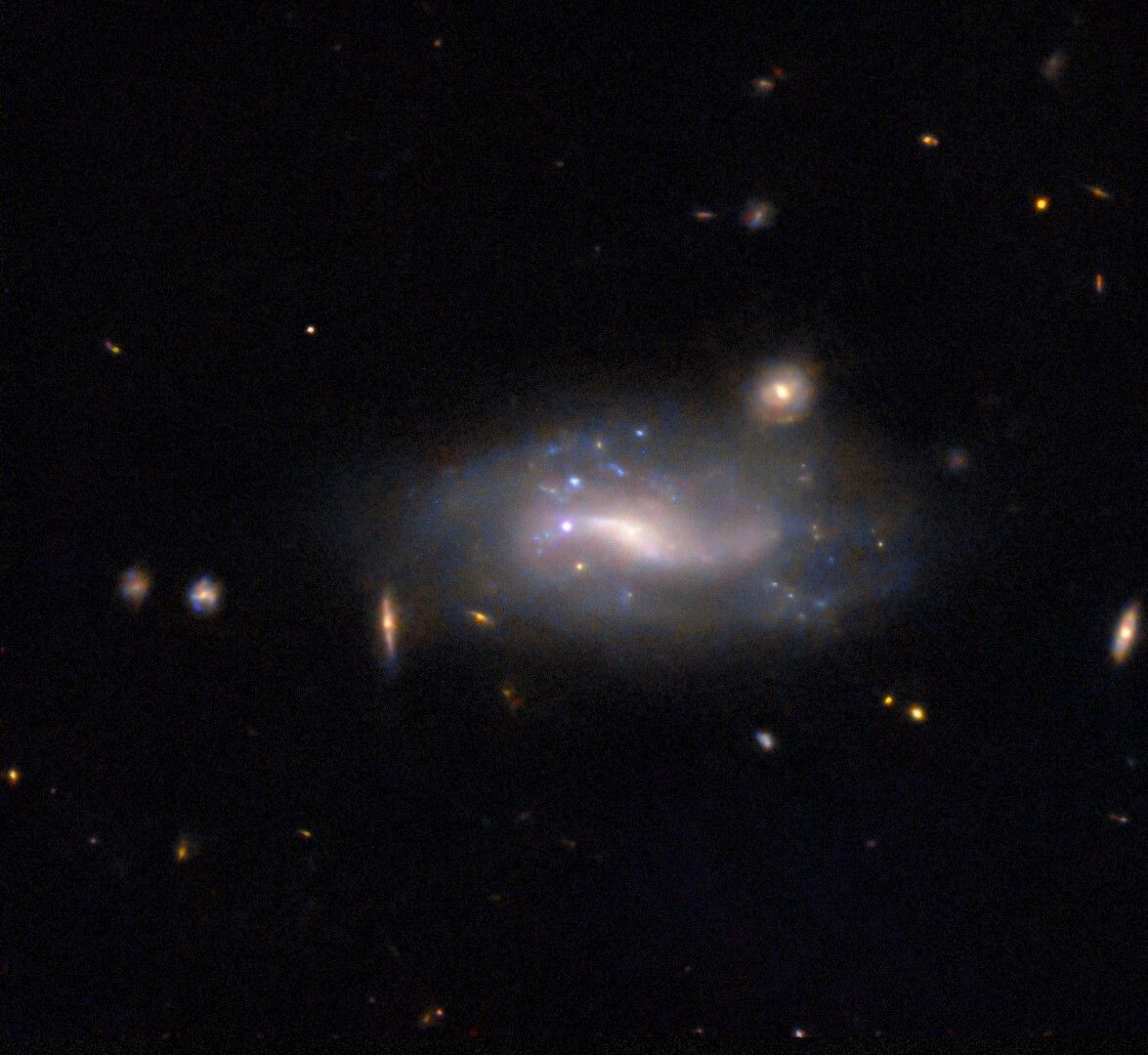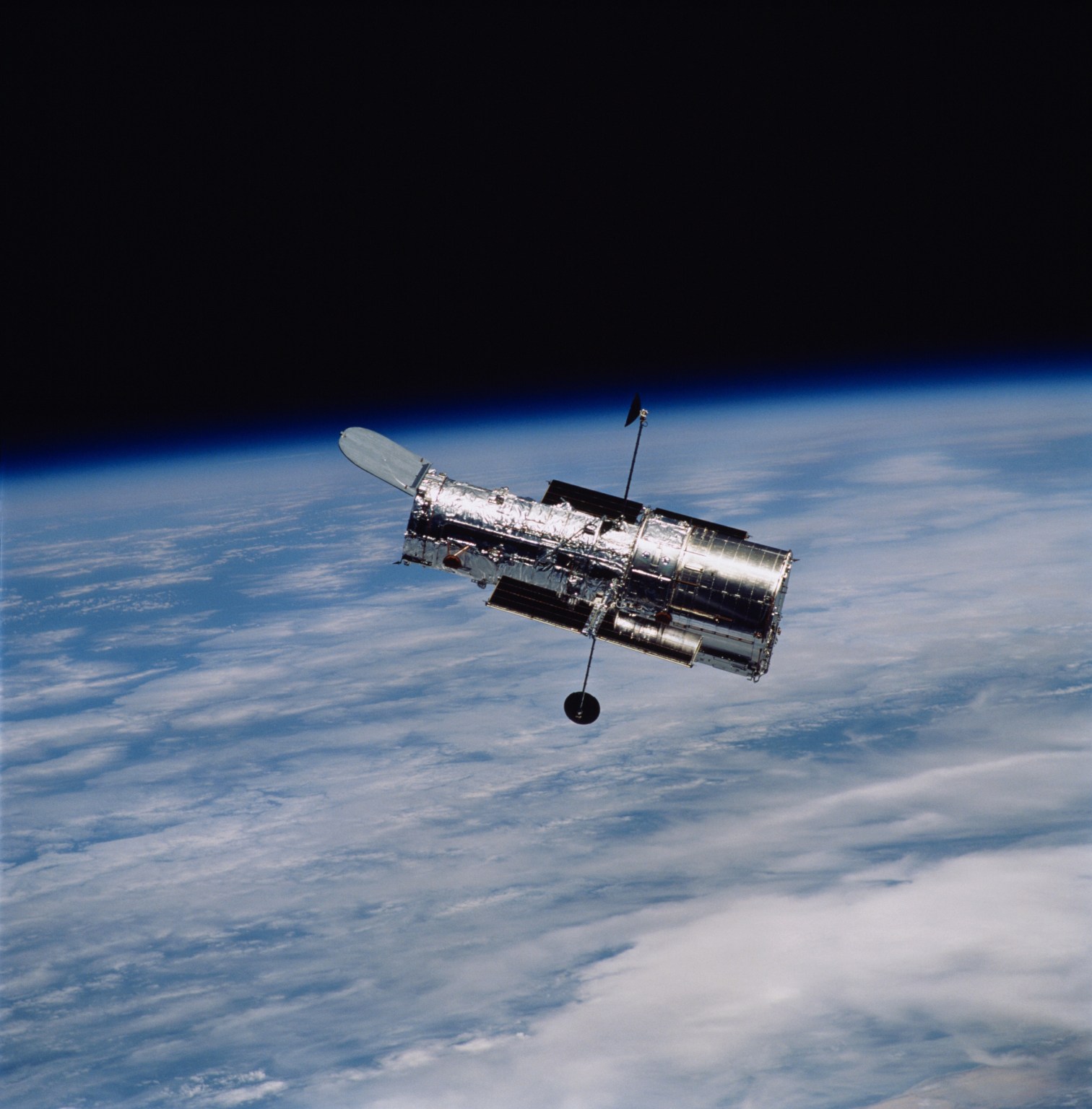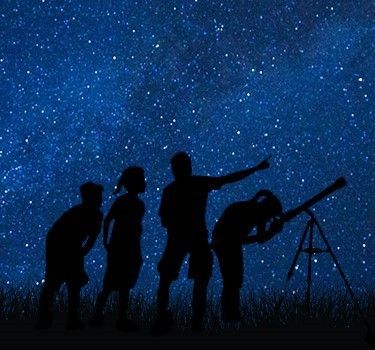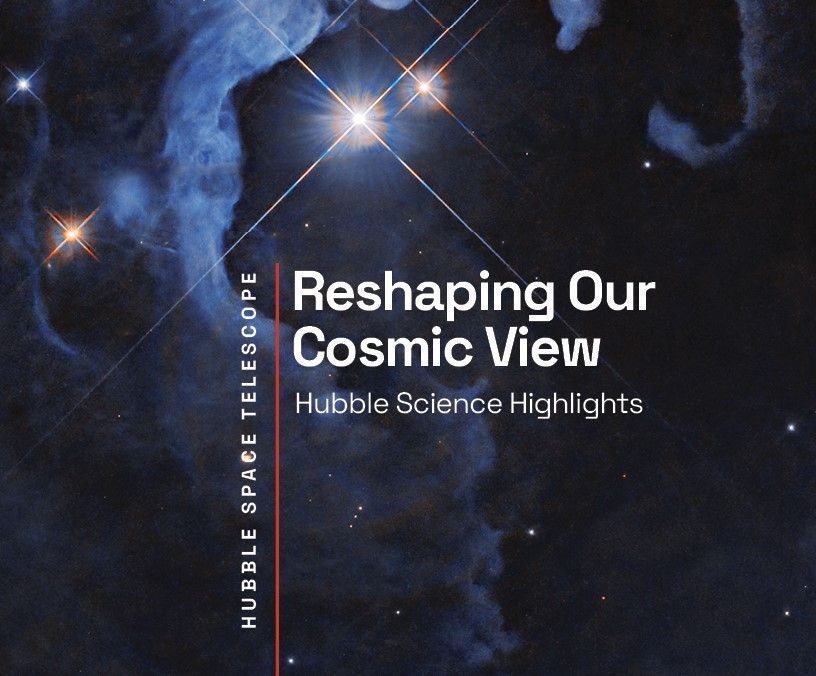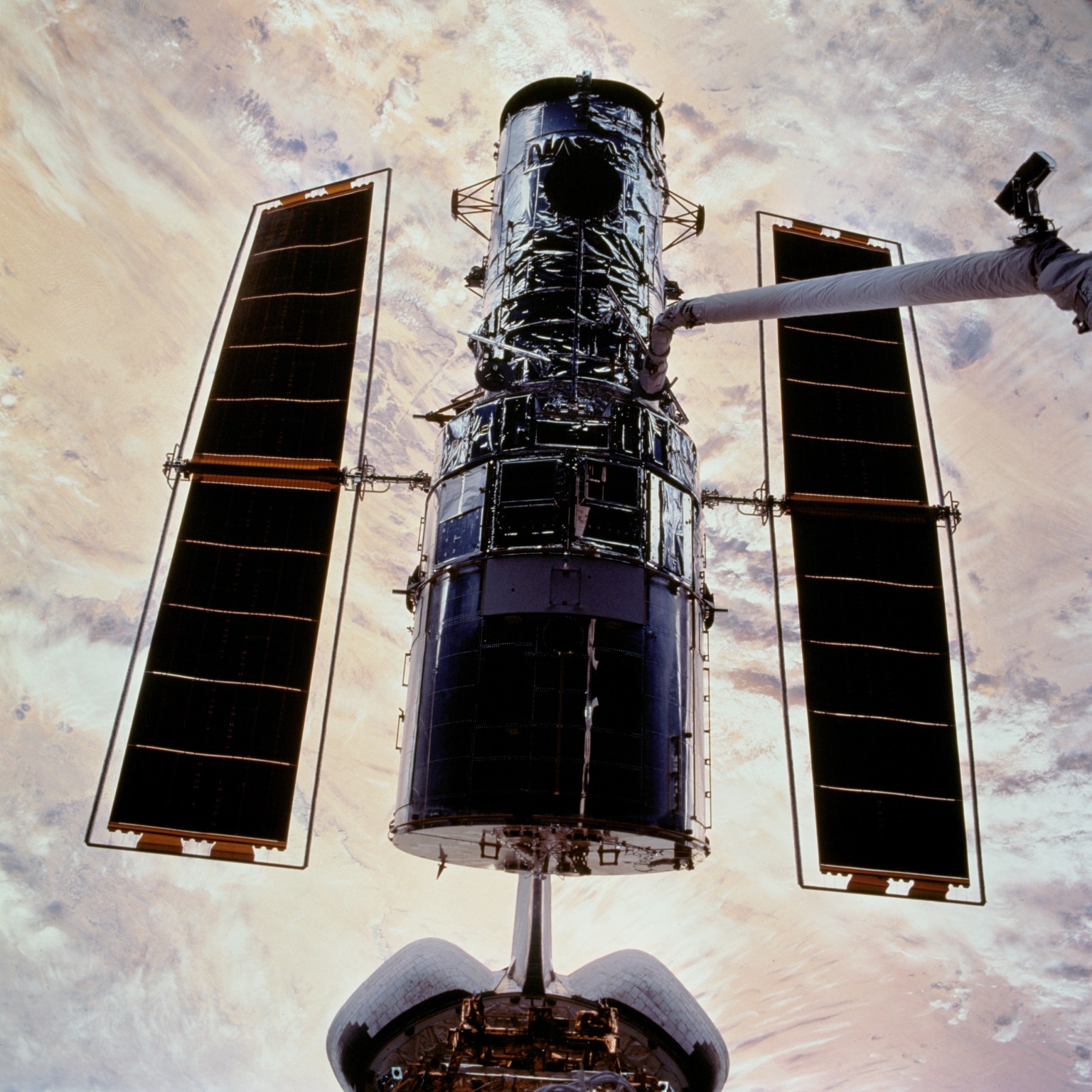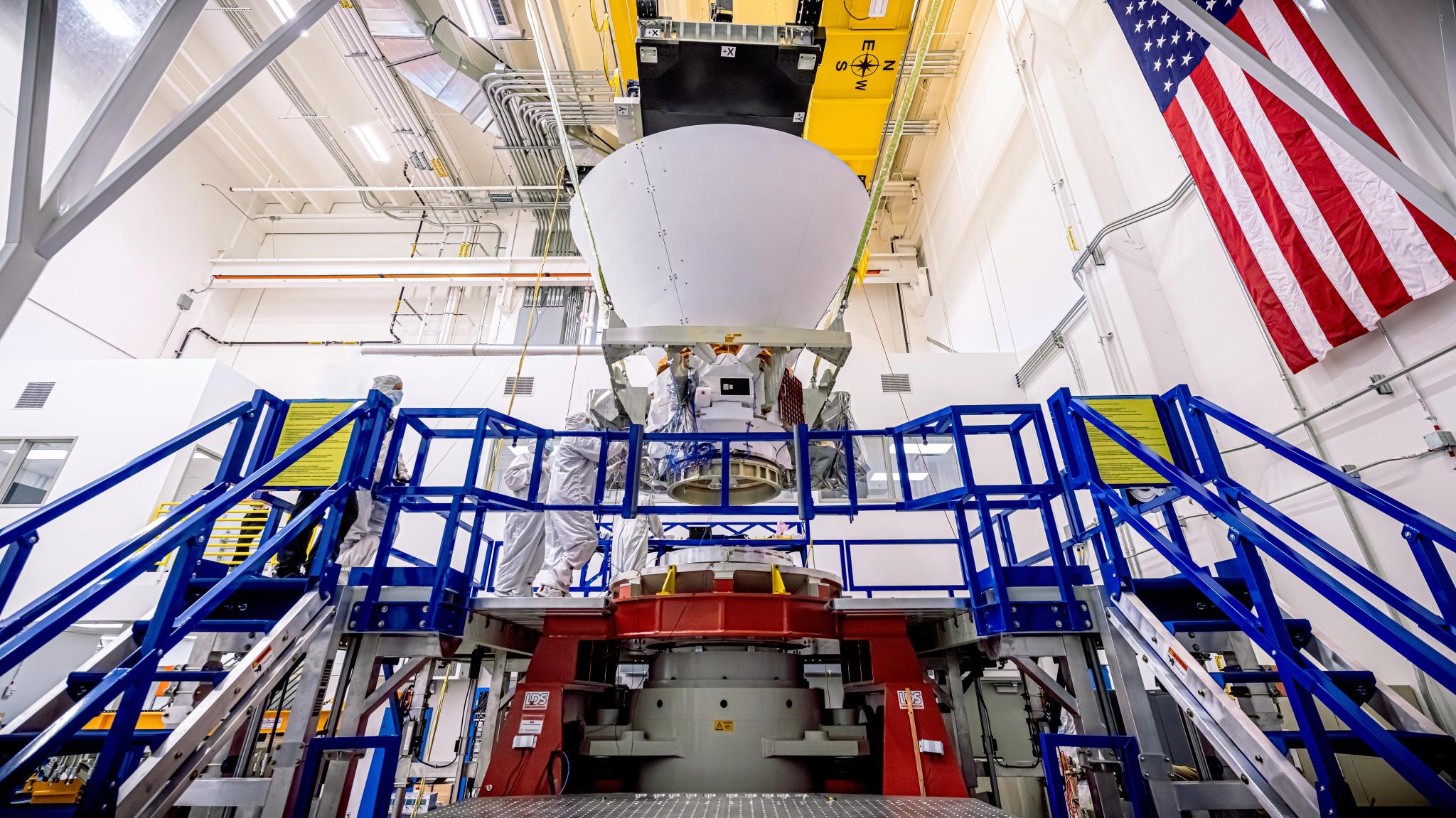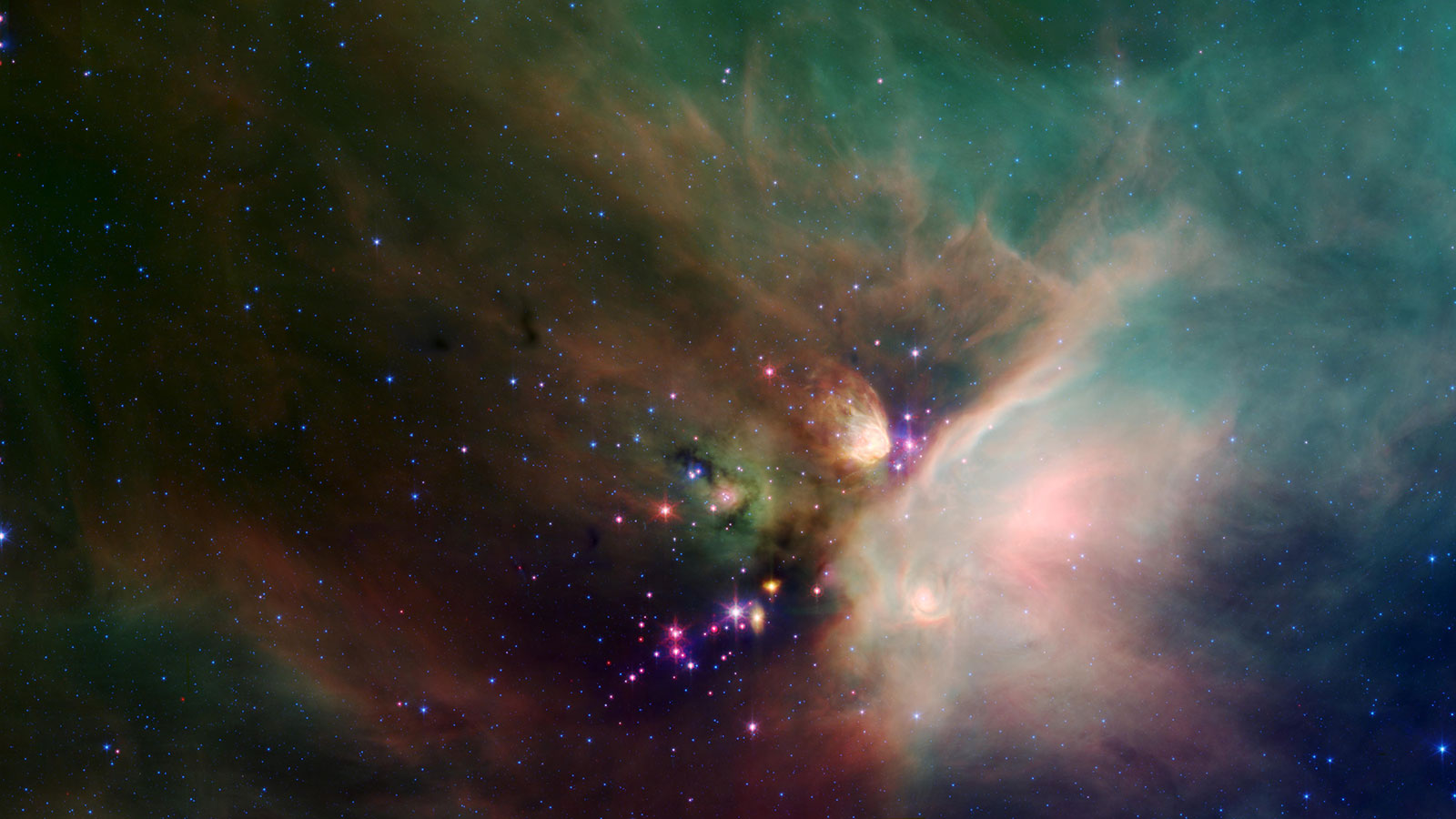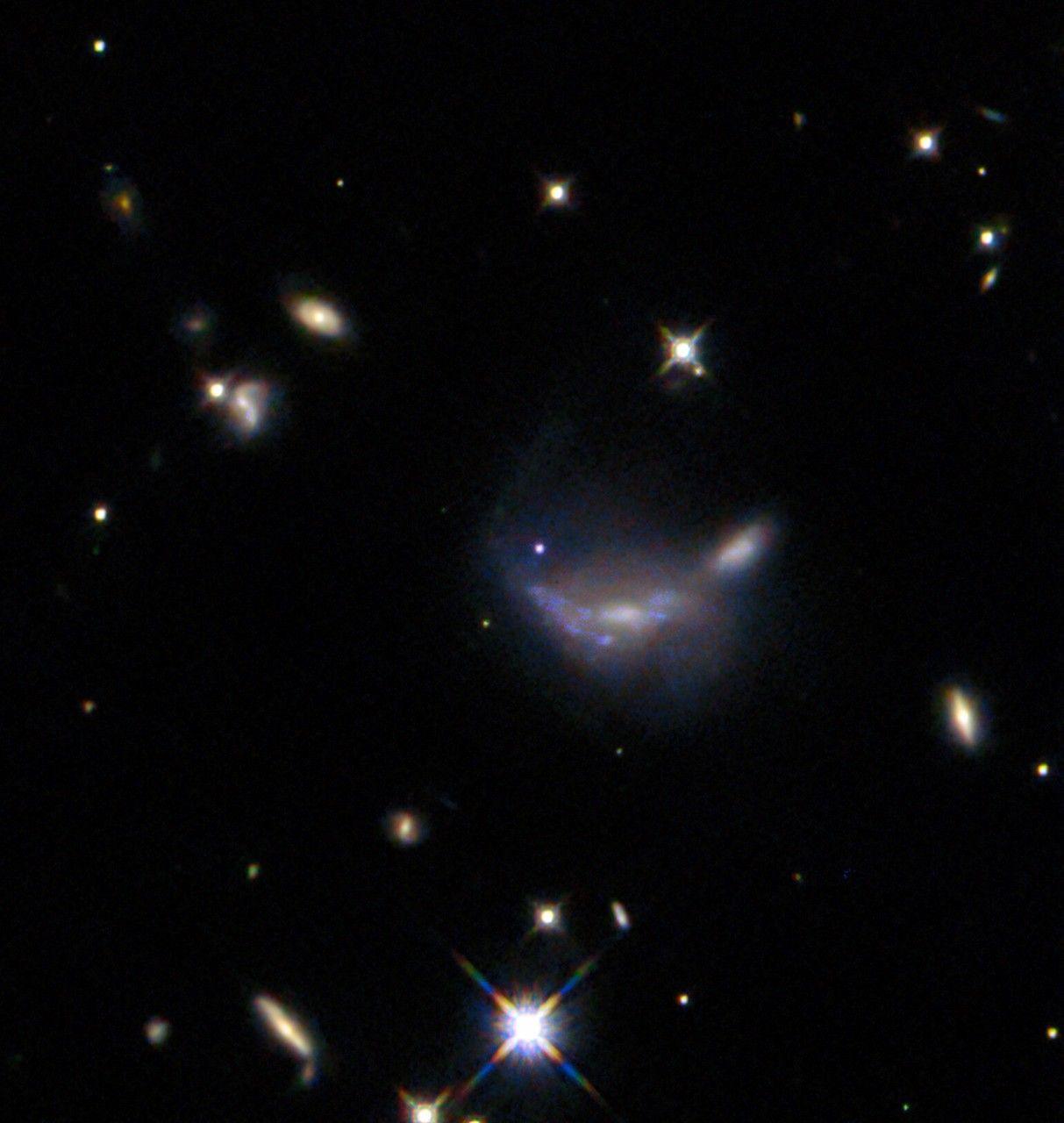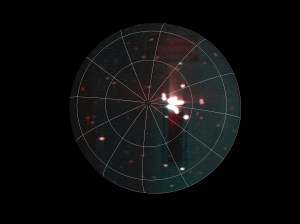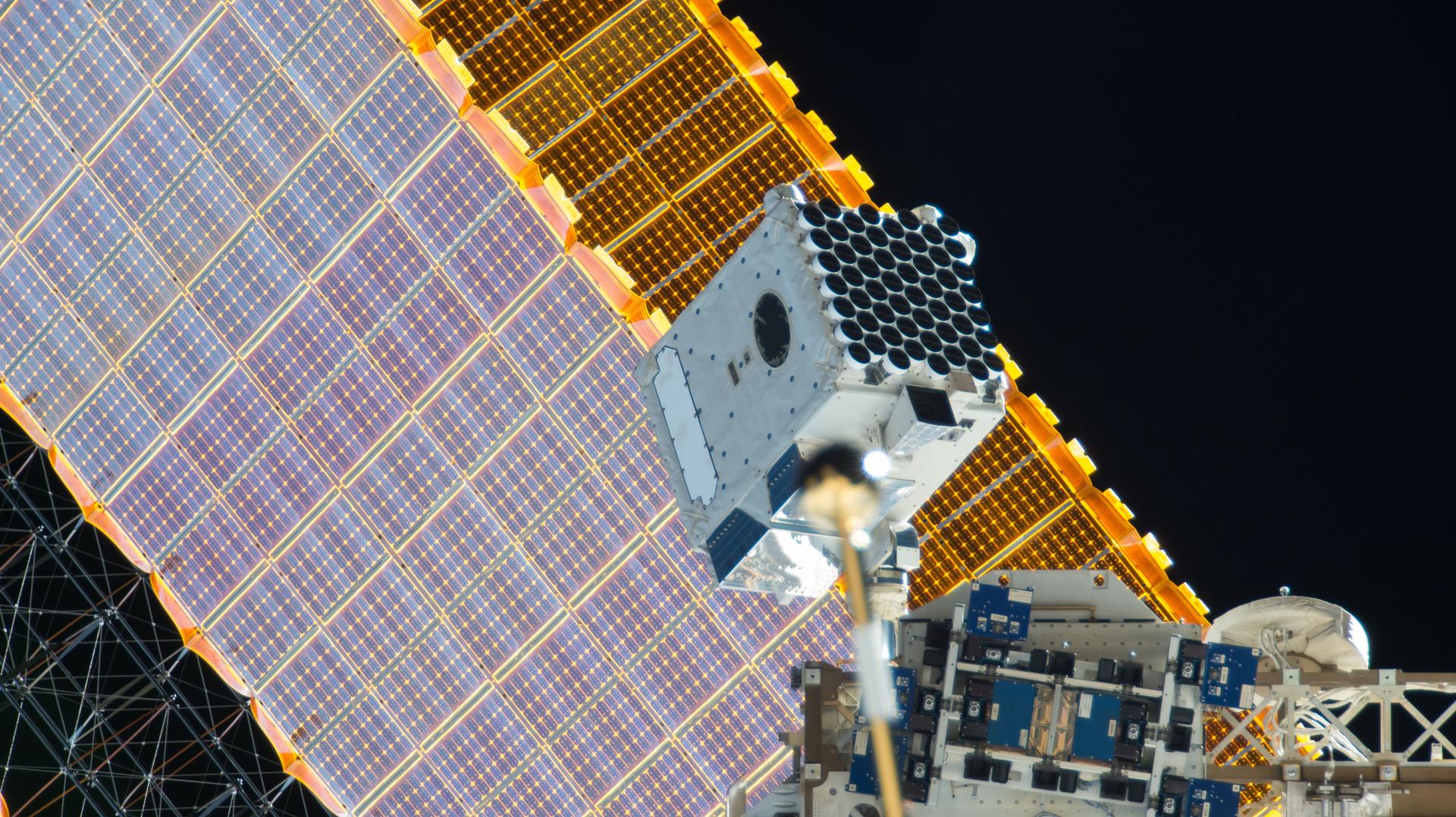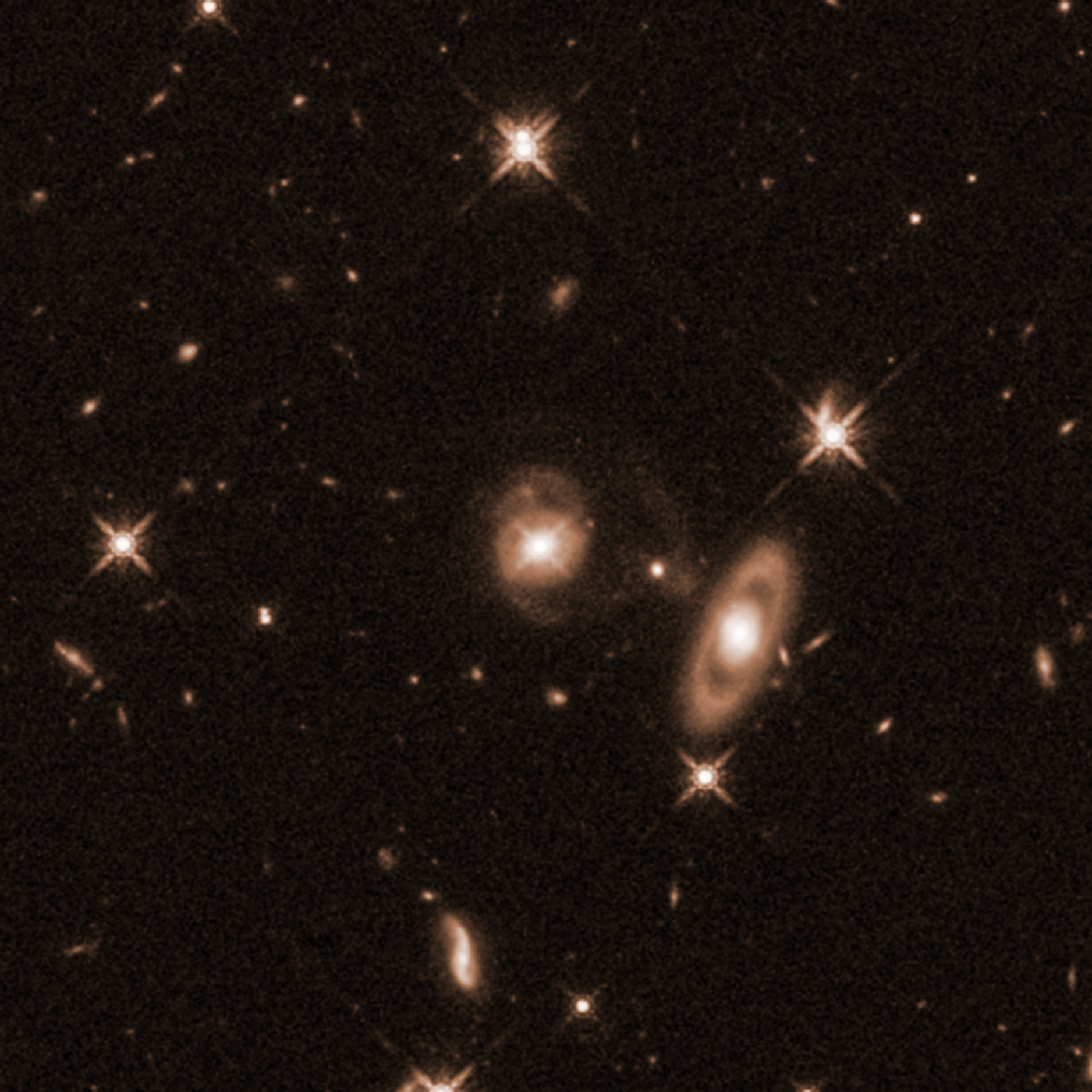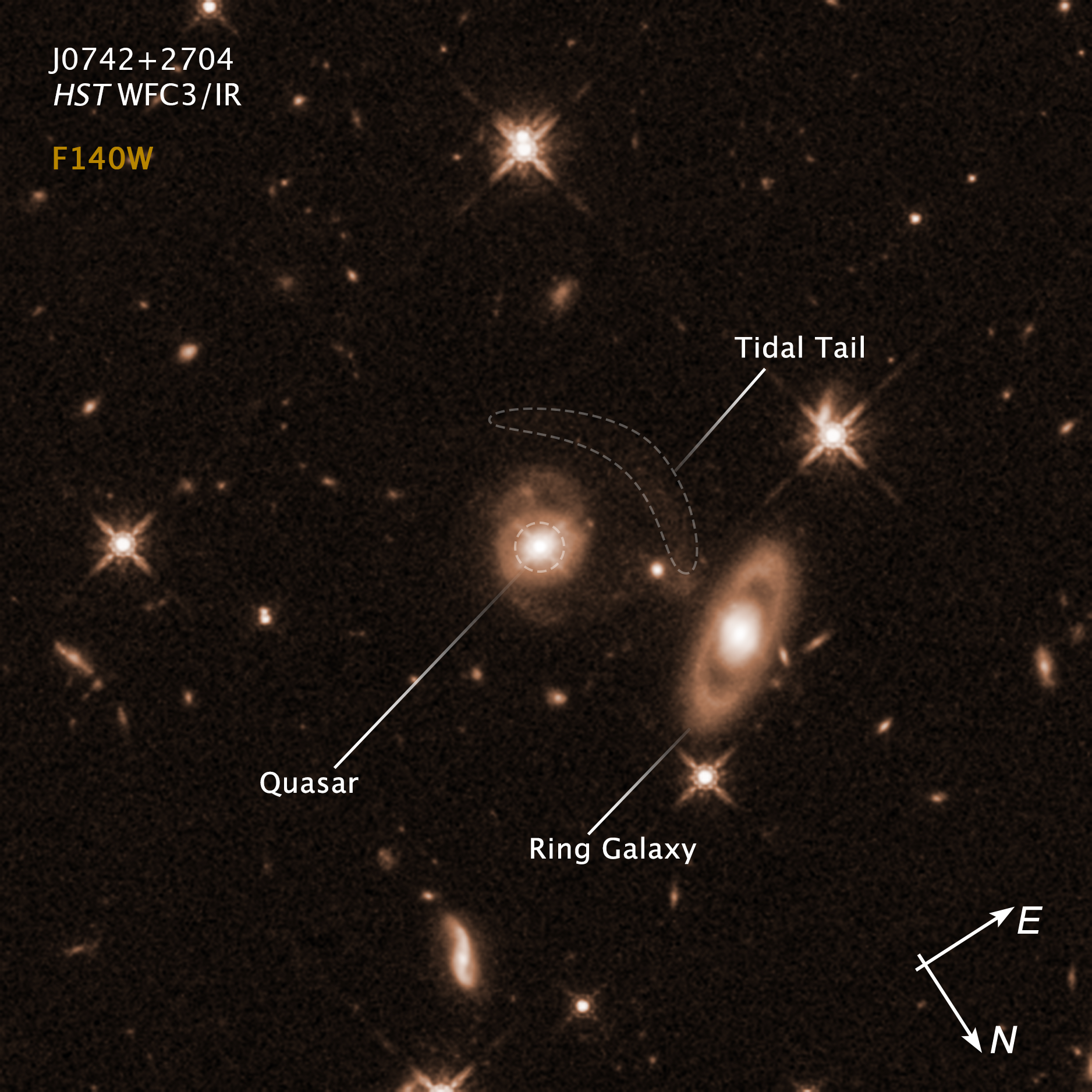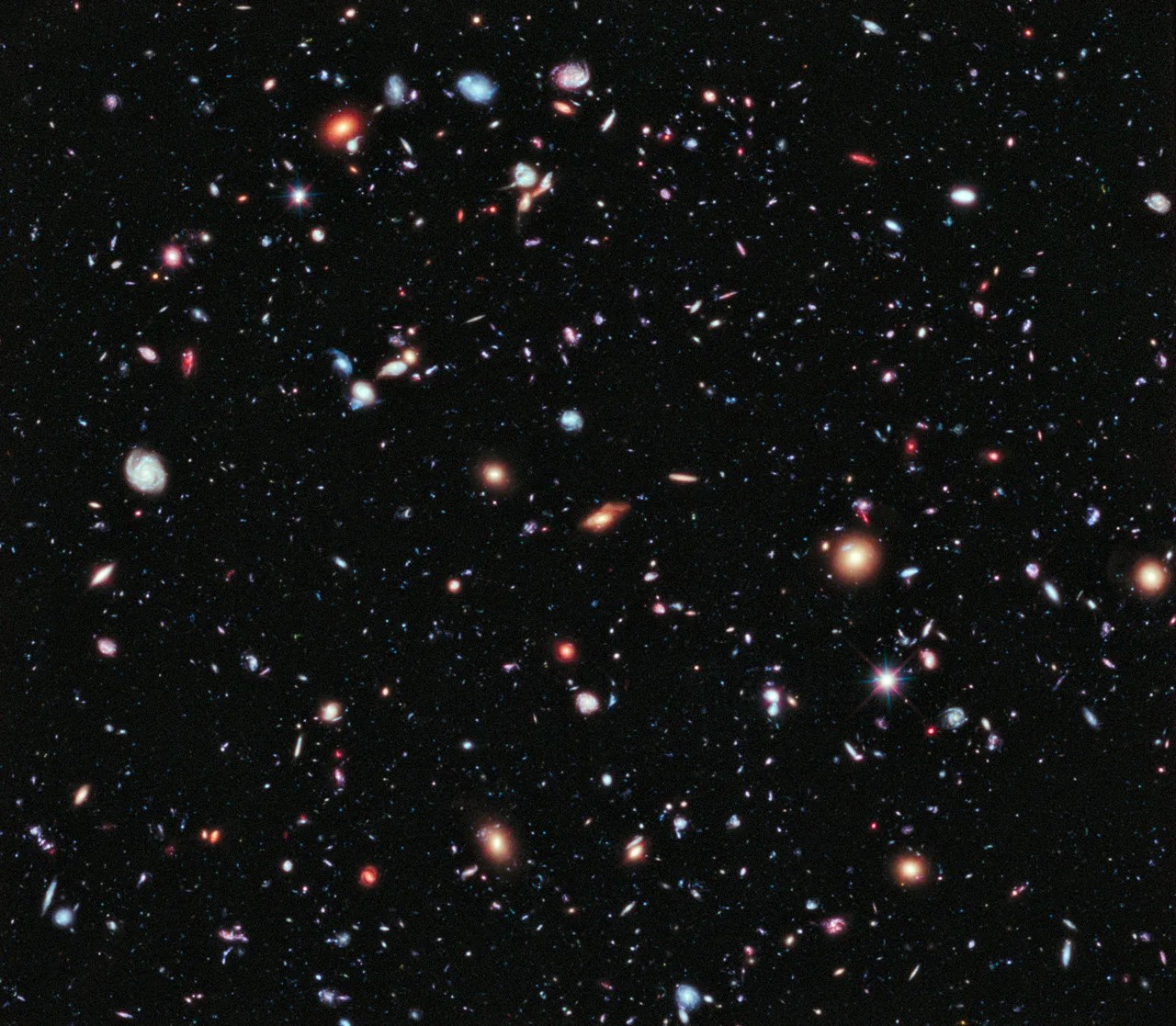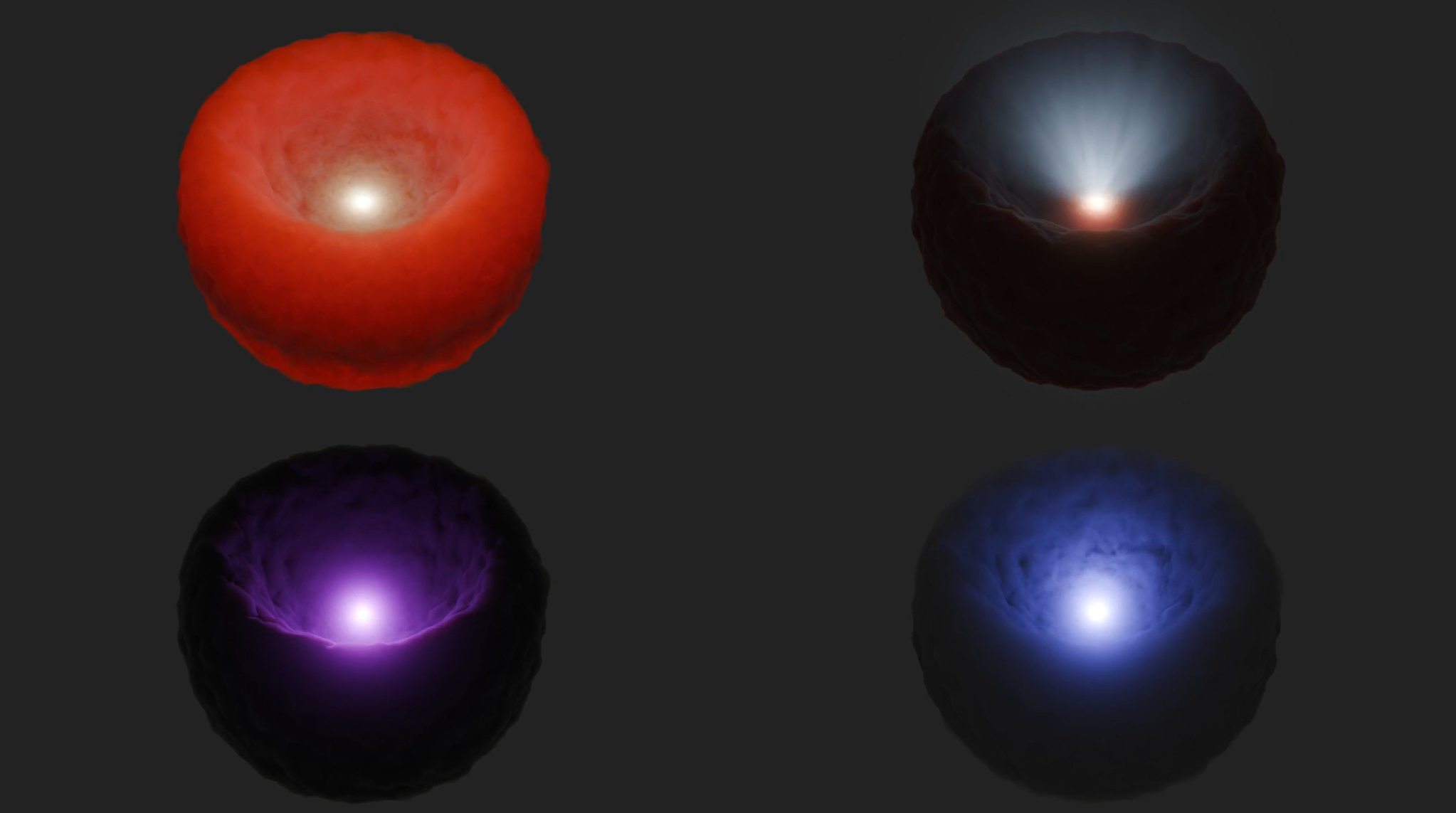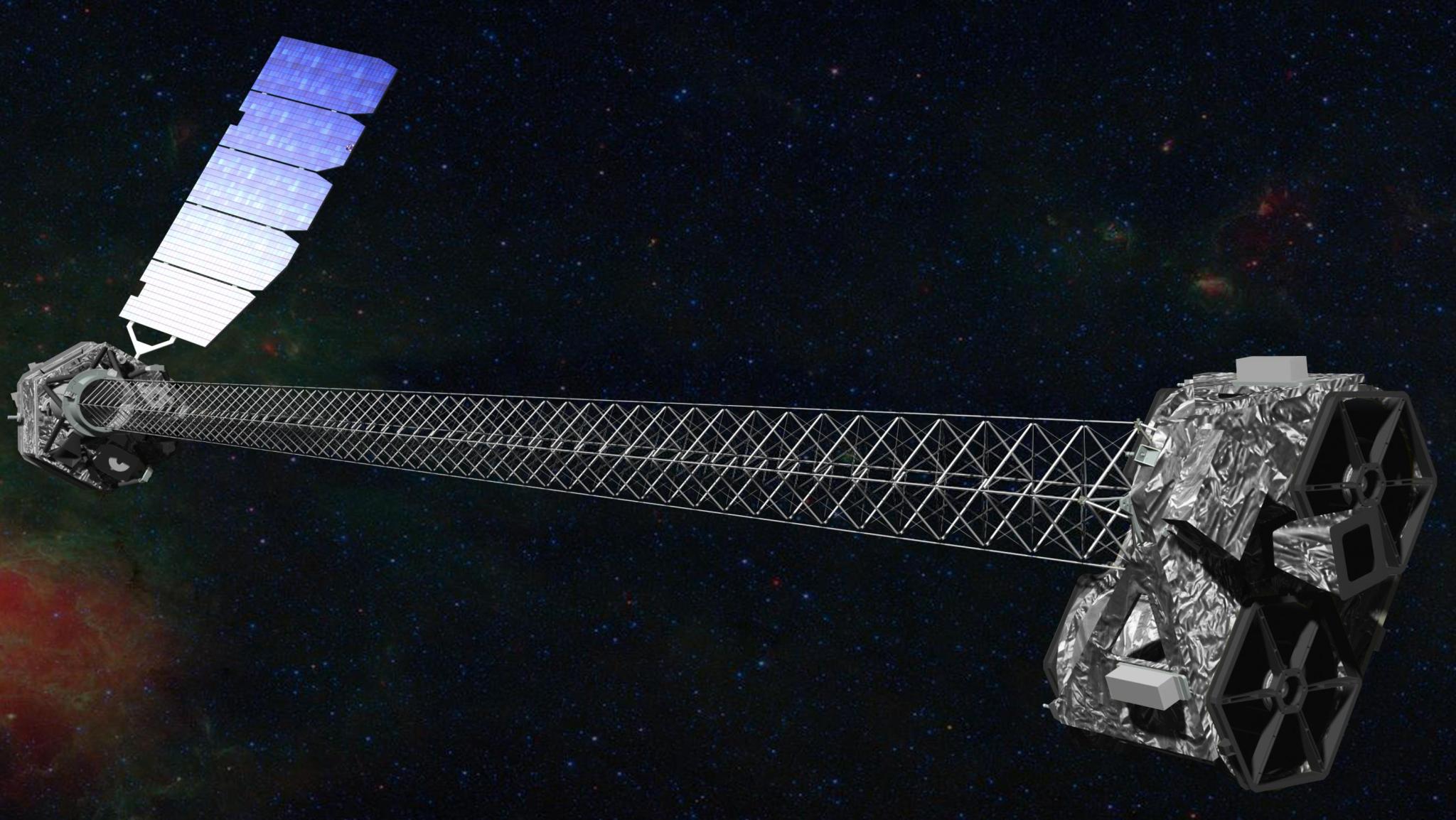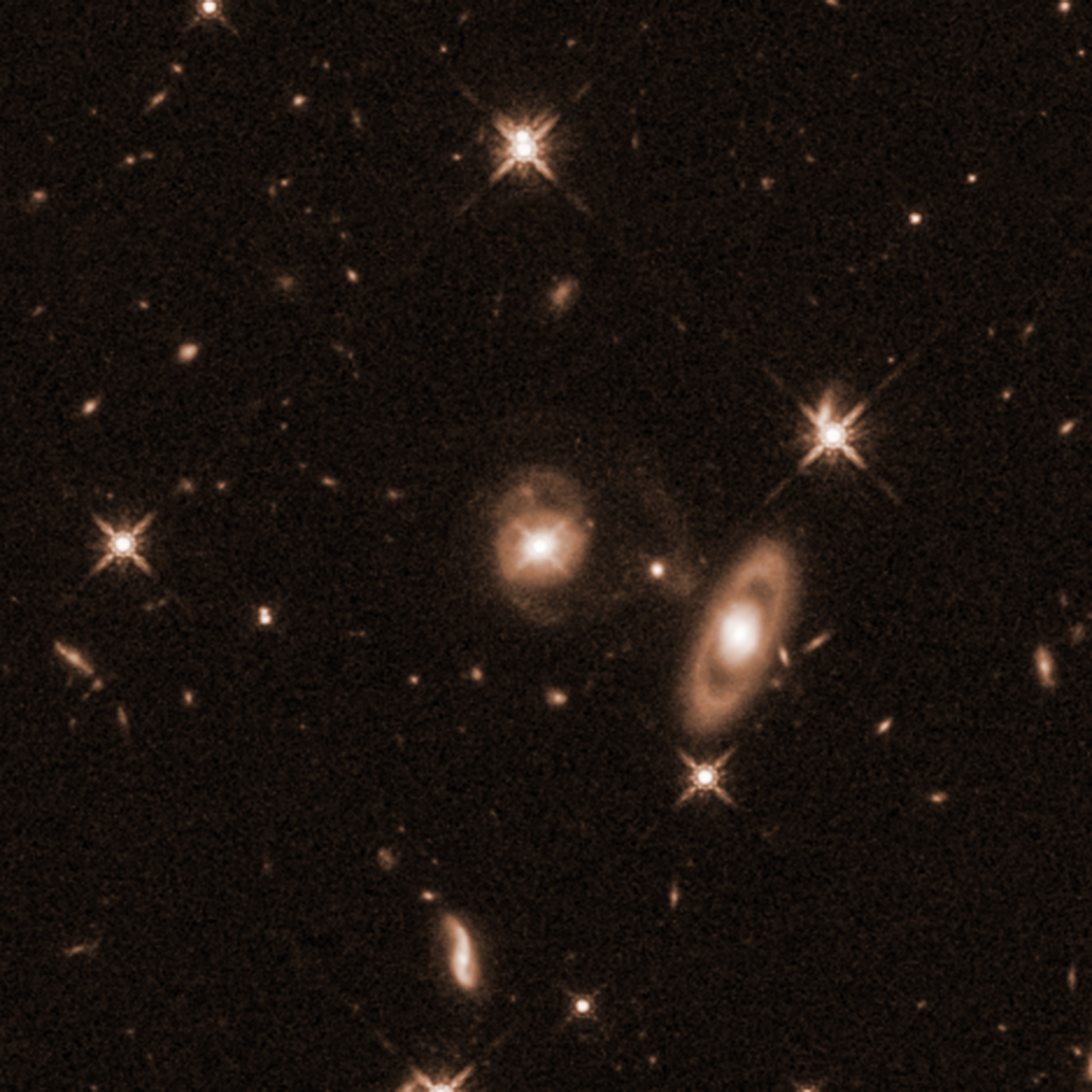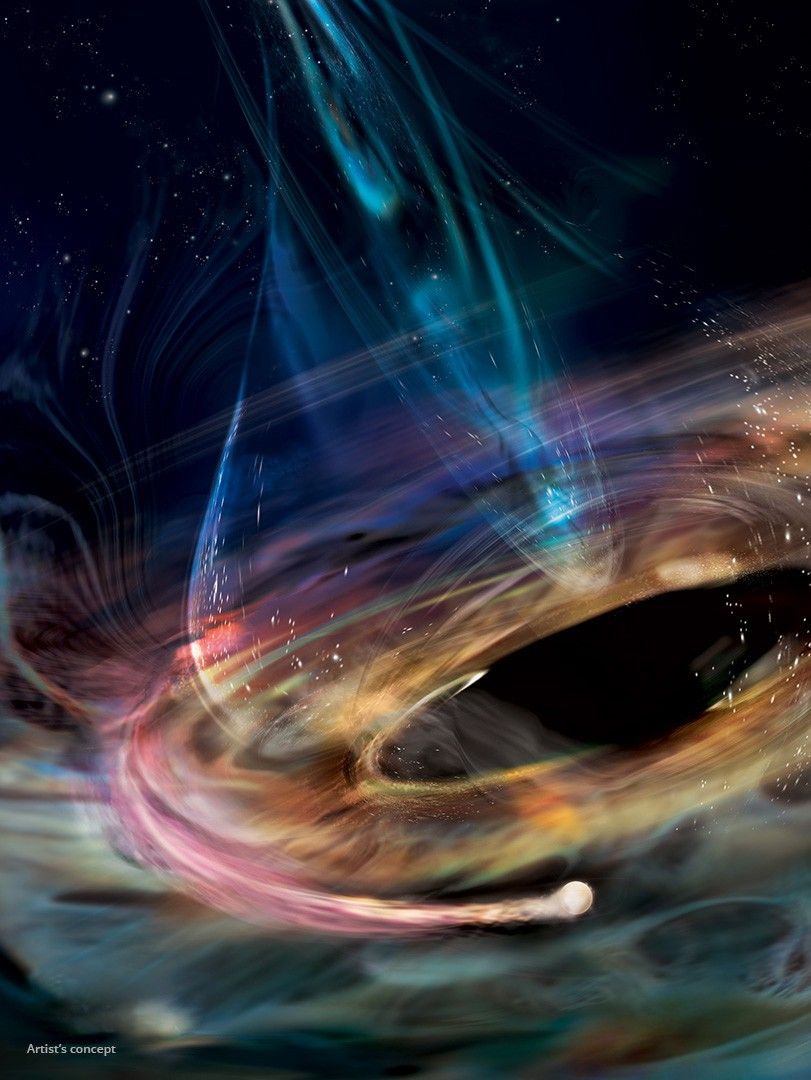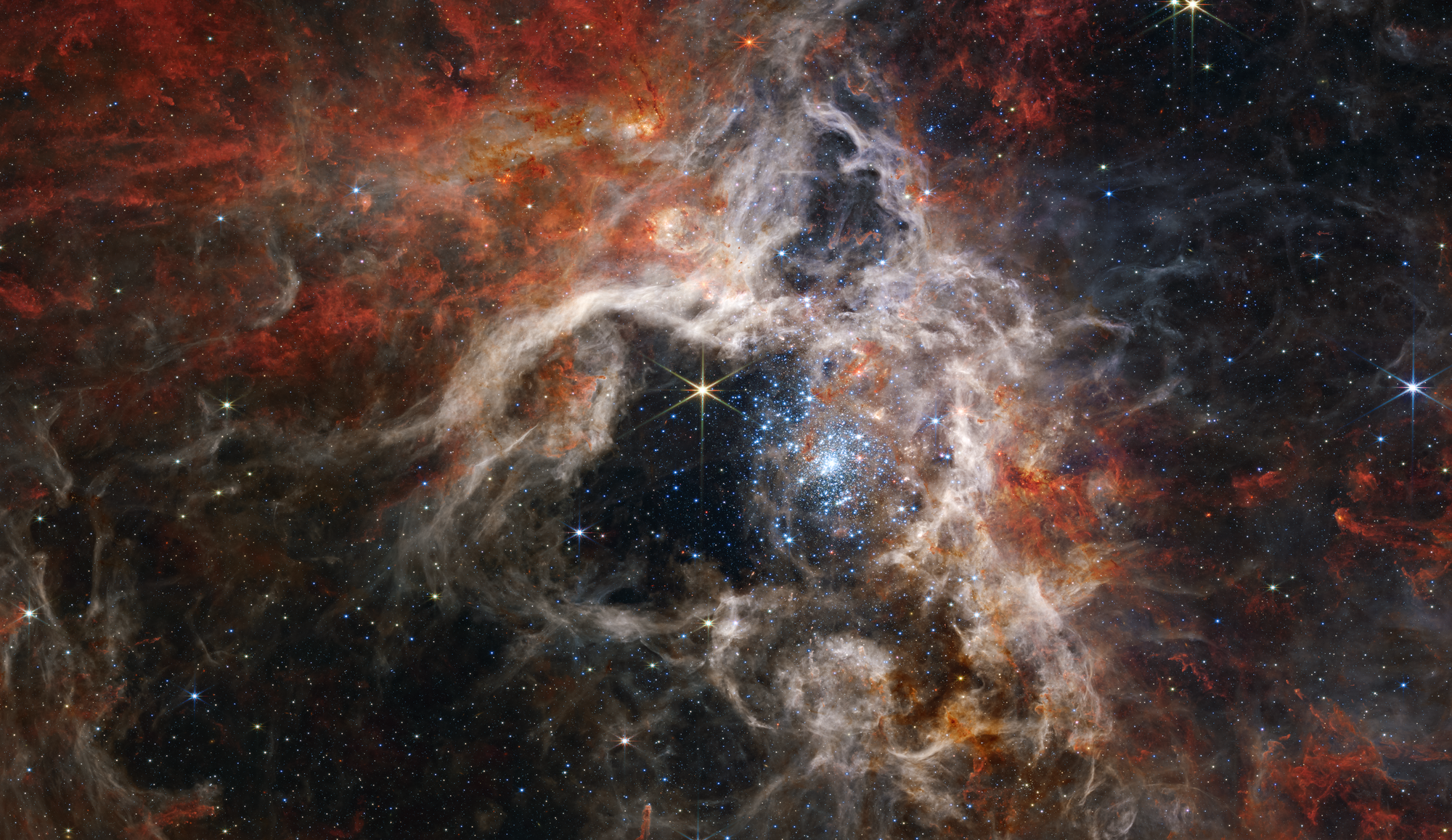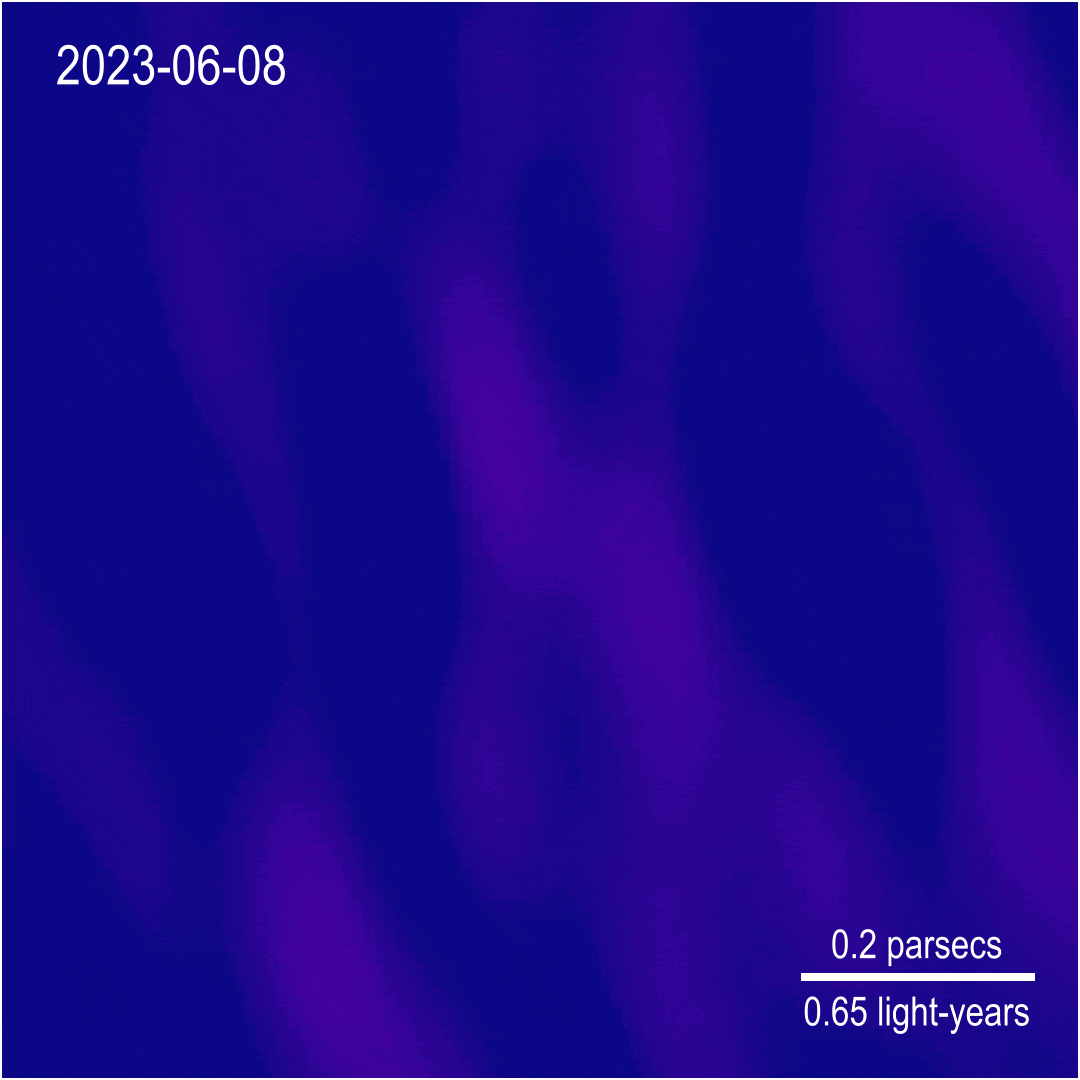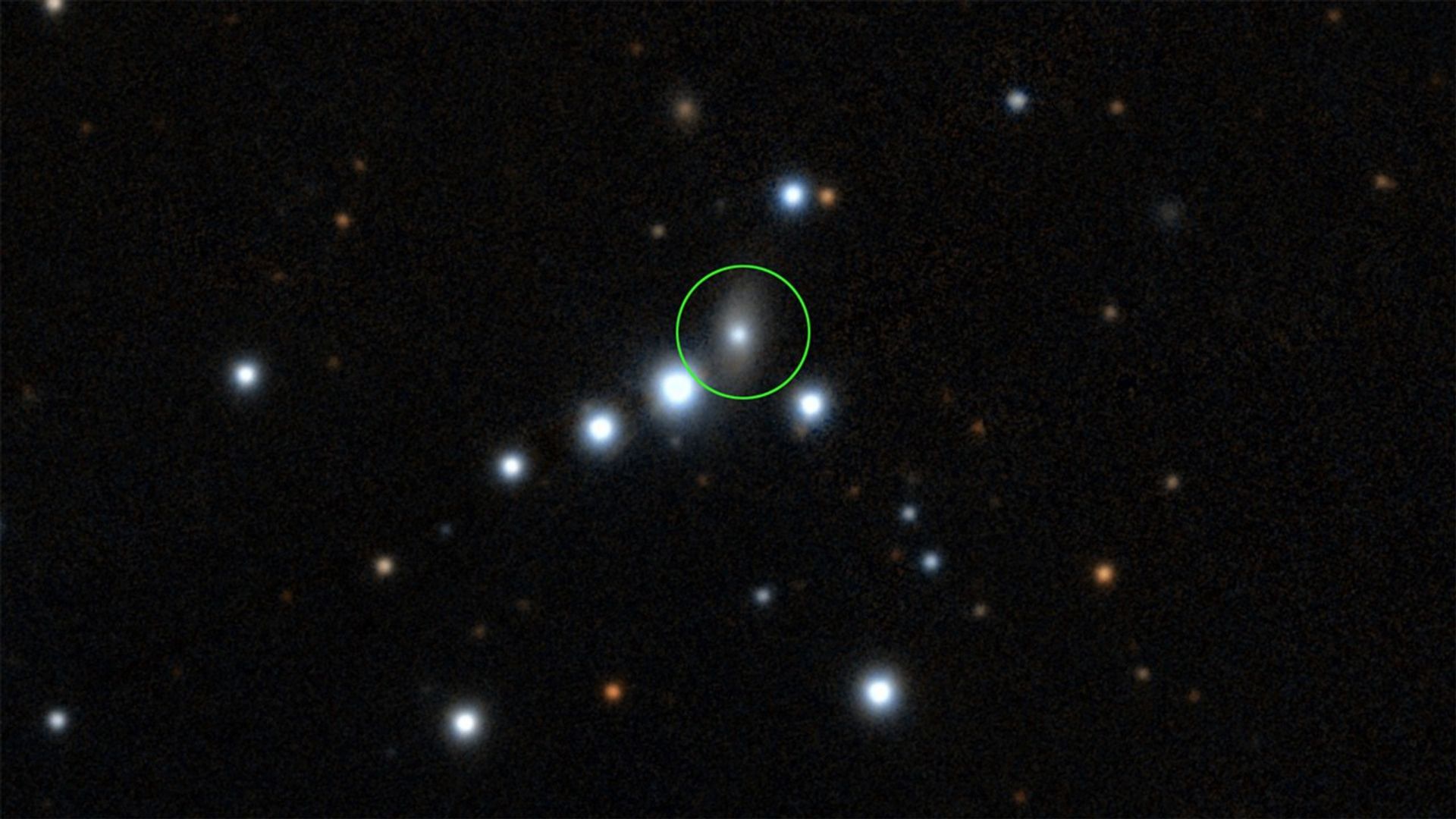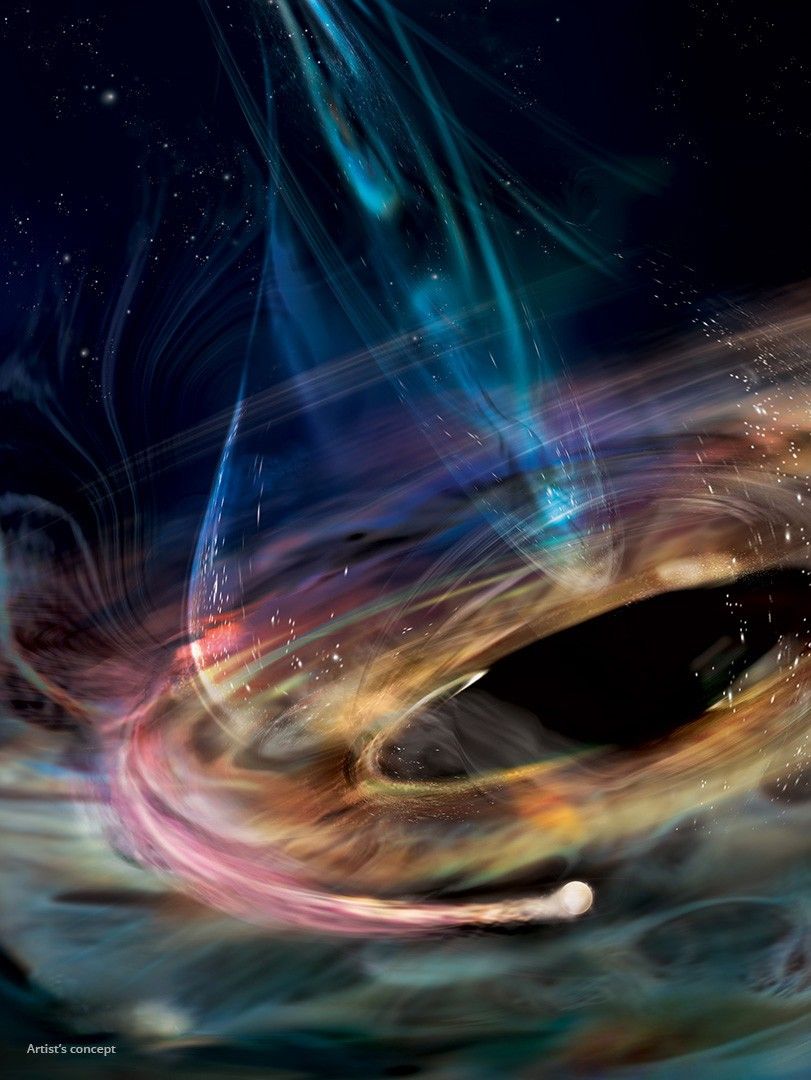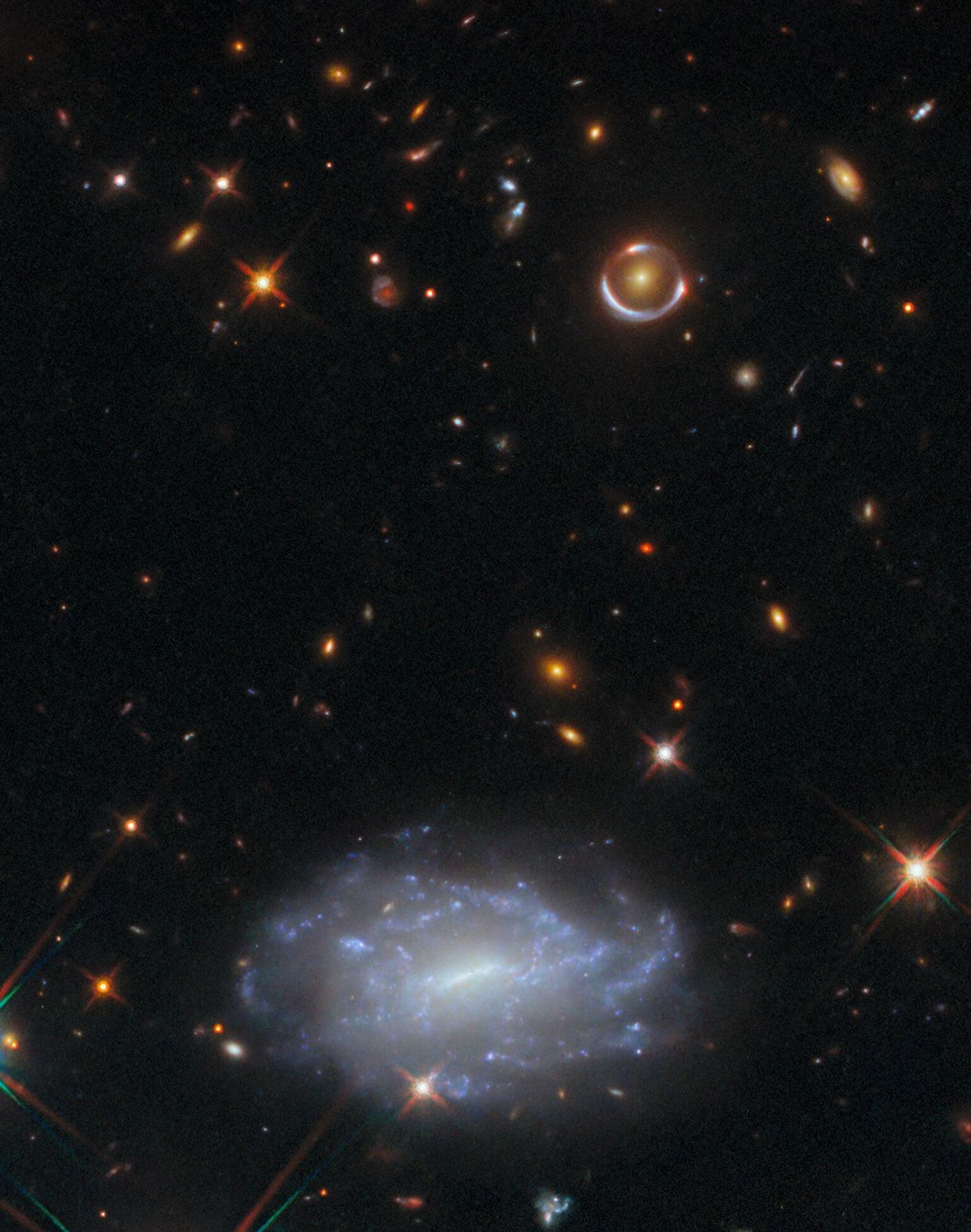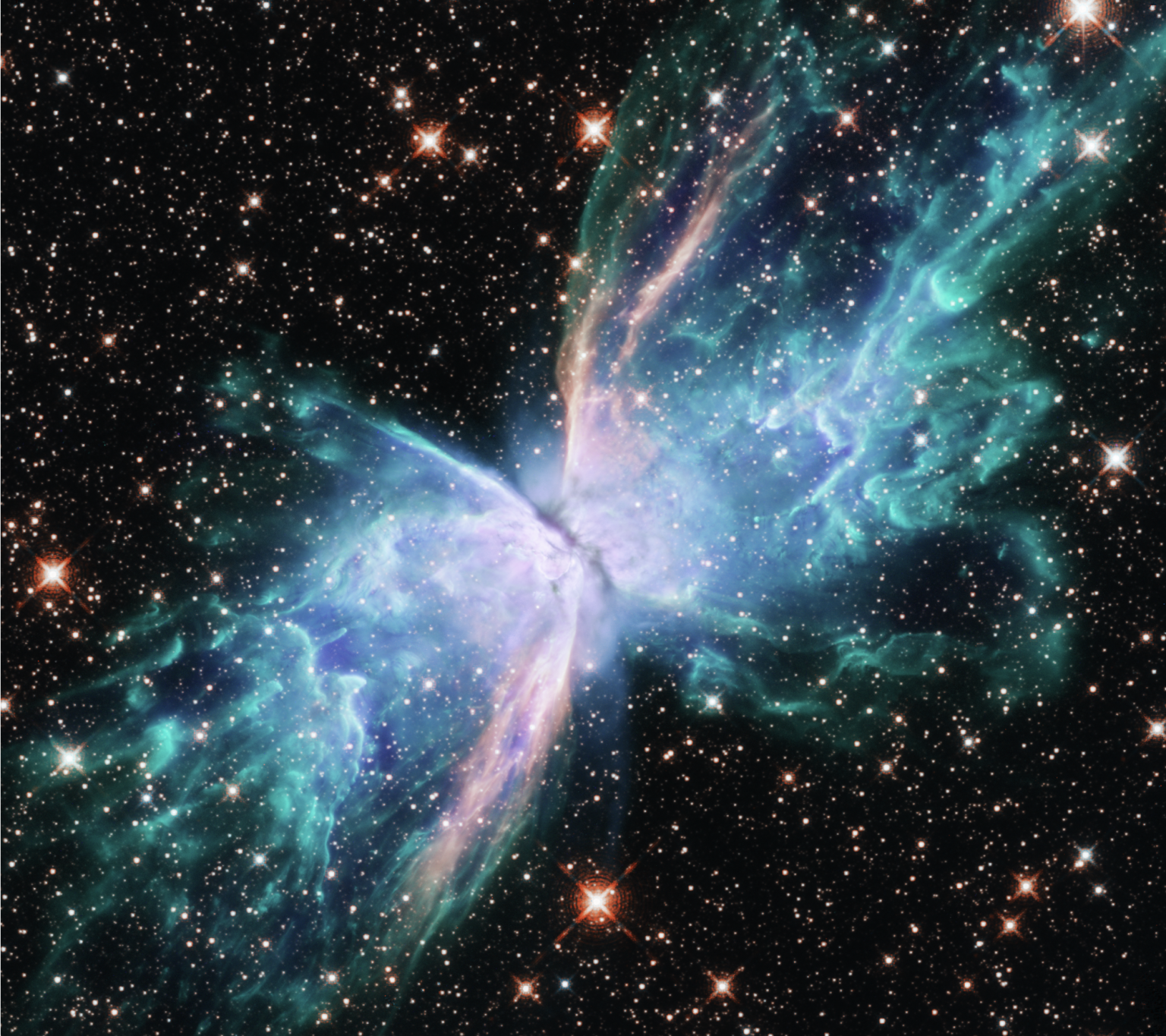NASA’s SPHEREx Space Telescope Will Seek Life’s Ingredients
5 min read
Preparations for Next Moonwalk Simulations Underway (and Underwater)
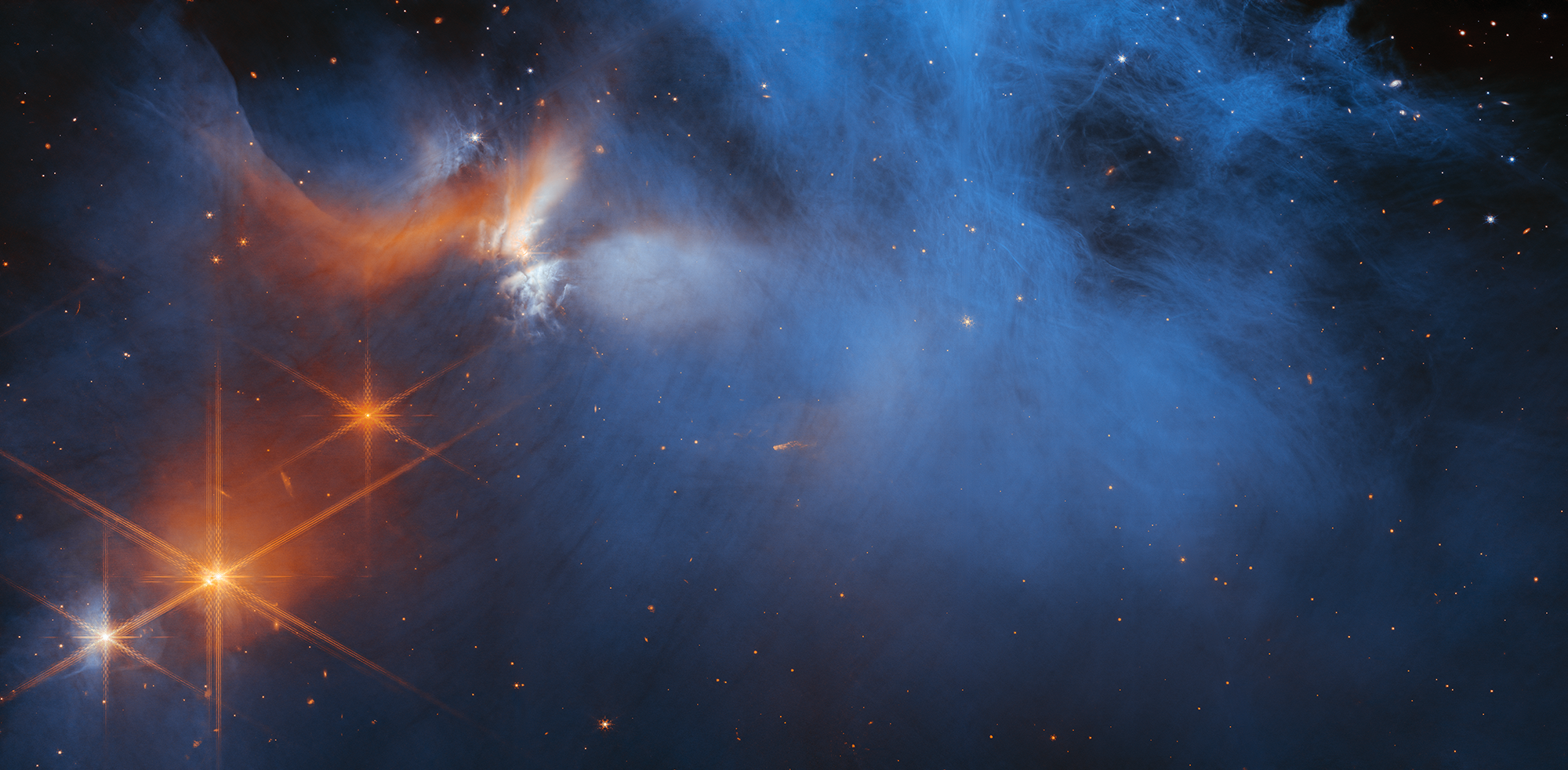
Where is all the water that may form oceans on distant planets and moons? The SPHEREx astrophysics mission will search the galaxy and take stock.
Every living organism on Earth needs water to survive, so scientists searching for life outside our solar system, are often guided by the phrase “follow the water.” Scheduled to launch no earlier than Thursday, Feb. 27, NASA’s SPHEREx (Spectro-Photometer for the History of the Universe, Epoch of Reionization, and Ices Explorer) mission will help in that quest.
After its ride aboard a SpaceX Falcon 9 from Vandenberg Space Force base in California, the observatory will search for water, carbon dioxide, carbon monoxide, and other key ingredients for life frozen on the surface of interstellar dust grains in the clouds of gas and dust where planets and stars eventually form.
While there are no oceans or lakes floating freely in space, scientists think these reservoirs of ice, bound to small dust grains, are where most of the water in our universe forms and resides. Additionally, the water in Earth’s oceans as well as those of other planets and moons in our galaxy likely originated in such locations.
The mission will focus on massive regions of gas and dust called molecular clouds. Within those, SPHEREx will also look at some newly formed stars and the disks of material around them from which new planets are born.
Although space telescopes such as NASA’s James Webb and retired Spitzer have detected water, carbon dioxide, carbon monoxide, and other compounds in hundreds of targets, the SPHEREx observatory is the first to be uniquely equipped to conduct a large-scale survey of the galaxy in search of water ice and other frozen compounds.
Rather than taking 2D images of a target like a star, SPHEREx will gather 3D data along its line of sight. That enables scientists to see the amount of ice present in a molecular cloud and observe how the composition of the ices throughout the cloud changes in different environments.
By making more than 9 million of these line-of-sight observations and creating the largest-ever survey of these materials, the mission will help scientists better understand how these compounds form on dust grains and how different environments can influence their abundance.
Tip of the Iceberg
It makes sense that the composition of planets and stars would reflect the molecular clouds they formed in. However, researchers are still working to confirm the specifics of the planet formation process, and the universe doesn’t always match scientists’ expectations.
For example, a NASA mission launched in 1998, the Submillimeter Wave Astronomy Satellite (SWAS), surveyed the galaxy for water in gas form — including in molecular clouds — but found far less than expected.
“This puzzled us for a while,” said Gary Melnick, a senior astronomer at the Center for Astrophysics | Harvard & Smithsonian and a member of the SPHEREx science team. “We eventually realized that SWAS had detected gaseous water in thin layers near the surface of molecular clouds, suggesting that there might be a lot more water inside the clouds, locked up as ice.”
The mission team’s hypothesis also made sense because SWAS detected less oxygen gas (two oxygen atoms bound together) than expected. They concluded that the oxygen atoms were sticking to interstellar dust grains, and were then joined by hydrogen atoms, forming water. Later research confirmed this. What’s more, the clouds shield molecules from cosmic radiation that would otherwise break those compounds apart. As a result, water ice and other materials stored deep in a cloud’s interior are protected.
As starlight passes through a molecular cloud, molecules like water and carbon dioxide block certain wavelengths of light, creating a distinct signature that SPHEREx and other missions like Webb can identify using a technique called absorption spectroscopy.
In addition to providing a more detailed accounting of the abundance of these frozen compounds, SPHEREx will help researchers answer questions including how deep into molecular clouds ice begins to form, how the abundance of water and other ices changes with the density of a molecular cloud, and how that abundance changes once a star forms.
Powerful Partnerships
As a survey telescope, SPHEREx is designed to study large portions of the sky relatively quickly, and its results can be used in conjunction with data from targeted telescopes like Webb, which observe a significantly smaller area but can see their targets in greater detail.
“If SPHEREx discovers a particularly intriguing location, Webb can study that target with higher spectral resolving power and in wavelengths that SPHEREx cannot detect,” said Melnick. “These two telescopes could form a highly effective partnership.”
More About SPHEREx
SPHEREx is managed by NASA’s Jet Propulsion Laboratory in Southern California for the Astrophysics Division within the Science Mission Directorate at NASA Headquarters in Washington. BAE Systems (formerly Ball Aerospace) built the telescope and the spacecraft bus. The science analysis of the SPHEREx data will be conducted by a team of scientists located at 10 institutions in the U.S., two in South Korea, and one in Taiwan. Data will be processed and archived at IPAC at Caltech, which manages JPL for NASA. The mission principal investigator is based at Caltech with a joint JPL appointment. The SPHEREx dataset will be publicly available at the NASA/IPAC Infrared Science Archive.
For more information about the SPHEREx mission visit:
https://www.jpl.nasa.gov/missions/spherex/
News Media Contact
Calla Cofield
Jet Propulsion Laboratory, Pasadena, Calif.
626-808-2469
calla.e.cofield@jpl.nasa.gov
2025-020
